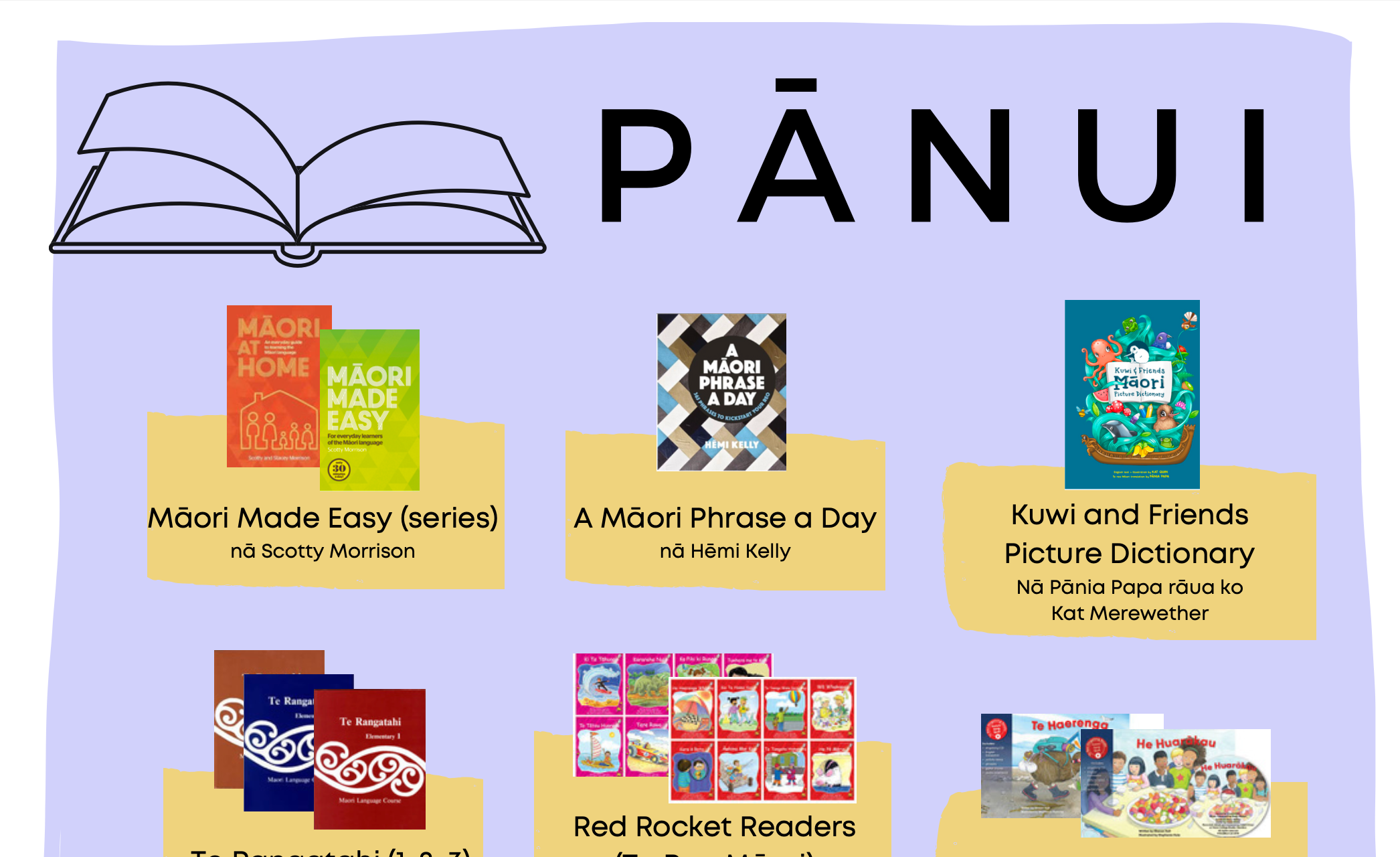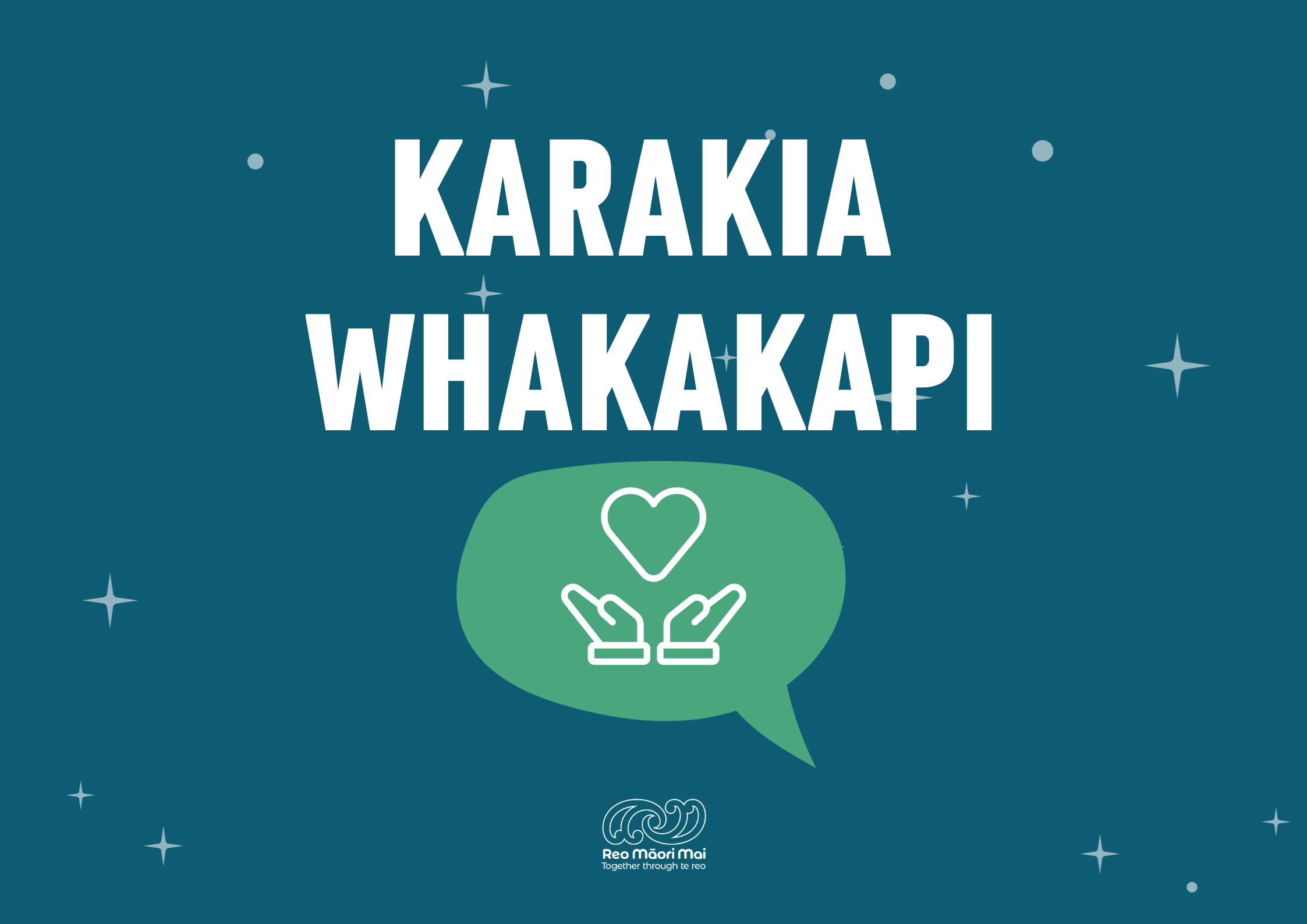There are many different types of karakia for different contexts - one type which is often heard today is karakia kai. Māori did not traditionally say karakia before eating kai. Karakia have always been used throughout many different contexts in daily life, but in relation to food they were most commonly said during the planting and harvesting of ngā hua o te taiao (products of the environment); for example kūmara, kāuru, tuna or manu.
These days, it is common for karakia to be said before eating in a Māori context - perhaps due to the influence of Christianity, or maybe because many of us don’t cultivate or gather our own food. Karakia kai are a chance to acknowledge those who grew and prepared the food that we are about to eat, as well as the nourishment the kai itself will give us.
There are a few different types of karakia kai - some refer to atua Māori who preside over the different types of kai or the areas that they come from; some are inoi, or translations of Christian prayers; others have been composed to be specifically non-religious but still embody the function of karakia.
Here we’ve shared two examples of non-religious karakia kai which can be said by anyone. These kiriata (videos) run through the whole karakia, then go through it line by line with time for an echo, and then share the translation.
E Whakamānawa Ana
This karakia for kai is a simple one. It acknowledges those who helped grow and prepare the food you're about to eat.
Timotimo
This karakia talks of picking or pecking at snacks, welcoming in the energy and vitality they have. It's designed to be a quick offering for before snack time commences.




1 comment
Daniel O'Dea
Fantastic collection of Karakia.
Certainly, will be using these, and thankyou for the audio to ensure I can say these correctly.
Ka pāi, tino pāi
Fantastic collection of Karakia.
Certainly, will be using these, and thankyou for the audio to ensure I can say these correctly.
Ka pāi, tino pāi